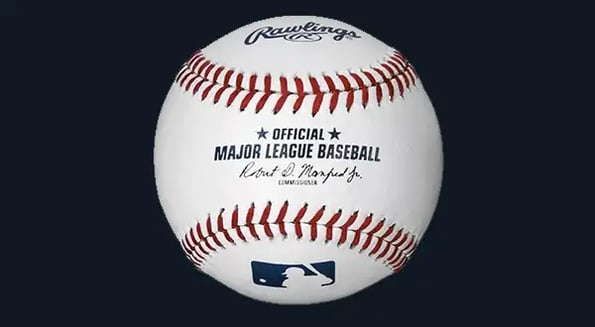This year, according to The Washington Post, MLB players are on pace to hit nearly 6,500 home runs, eclipsing the 2017 record by 400 home runs.

This power surge isn’t happening because of Sammy Sosa and Mark McGwire’s use of steroids. This time, the baseballs — not the athletes — are juiced.
An inside job?
Pitchers have voiced complaints about juiced baseballs for the last 4 years but have been particularly outspoken this summer.
The league may be the culprit: The MLB purchased ball manufacturer Rawlings in 2018.
“I find it really hard to believe that Major League Baseball owns Rawlings and just coincidentally the balls become juiced,” Houston Astros pitcher Justin Verlander told ESPN.
MLB commissioner Rob Manfred admits these changes may be attributable to the balls… but denied the MLB had juiced the balls on purpose.
The balls were juiced in the ’90s, too
As it turns out, these concerns are cyclical: Critics theorize that juiced baseballs led to a rise in homers during the ‘roid-raging ’90s
Not much has changed. On Monday, The Blue Jays’ Vladimir Guerrero Jr. hit 91 home runs in the Home Run Derby, 30 more than the previous record.

